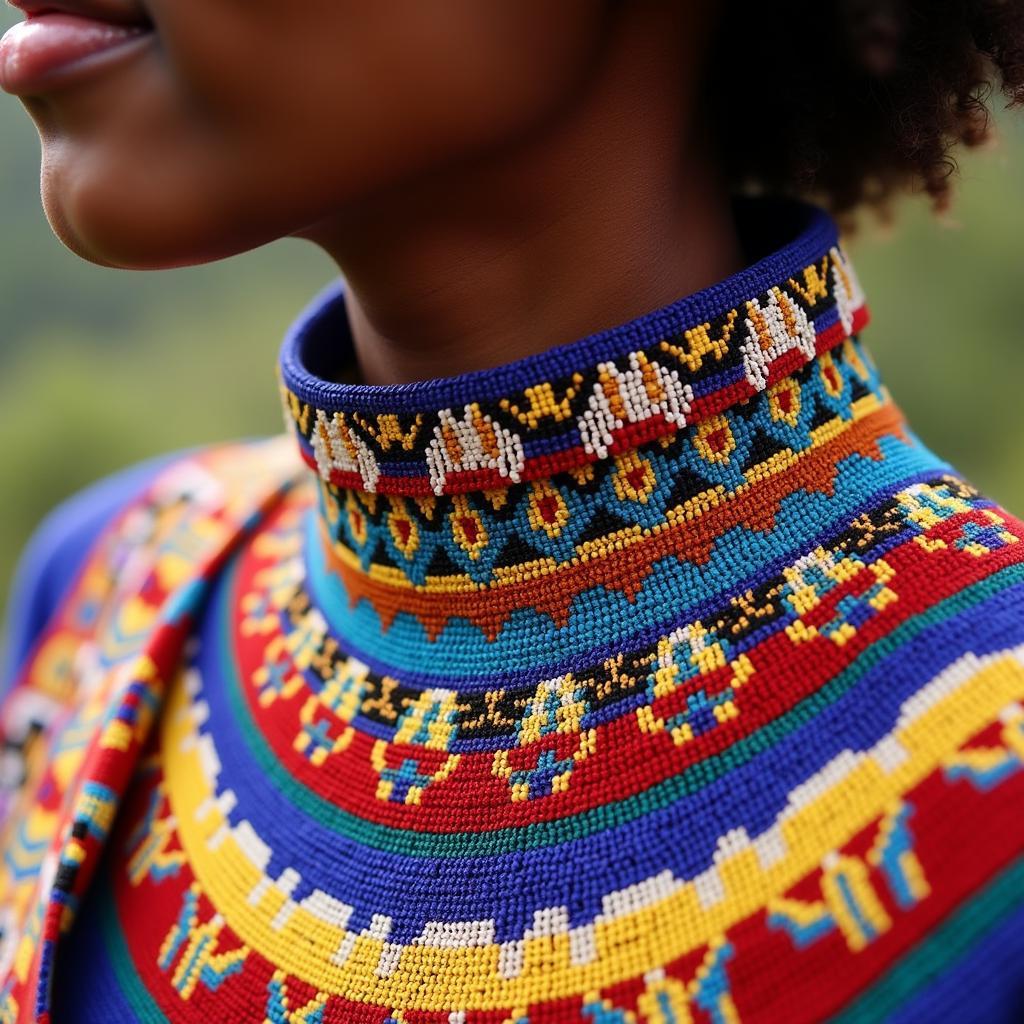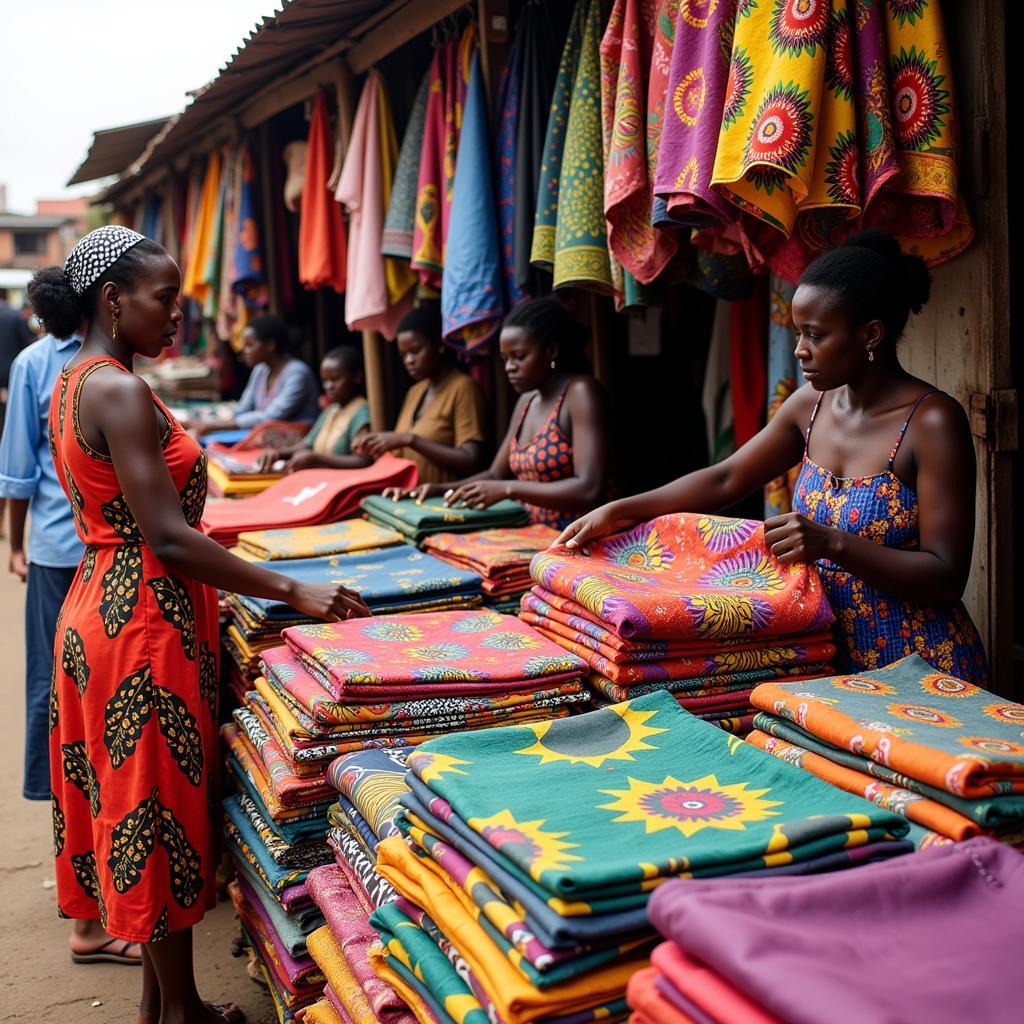African American Hair Extensions Braids: A Comprehensive Guide
African American Hair Extensions Braids are a versatile and stylish protective hairstyle. From classic box braids to intricate cornrows, extensions offer a world of possibilities for expressing individuality and embracing cultural heritage. This guide delves into the nuances of choosing, installing, and maintaining these beautiful braided styles.
Whether you’re a seasoned braider or a newbie exploring different looks, understanding the various types of extensions, proper hair care techniques, and the cultural significance behind these styles is crucial. Let’s explore the world of African American hair extensions braids and discover the perfect style for you. After the introduction, we’ll delve into the exciting world of braiding styles and options. For those looking for specific hair treatments, check out more information on African hair treatment.
Exploring Braid Styles and Extension Options
The sheer variety of braiding styles and hair extensions available can be overwhelming. From the timeless elegance of box braids to the intricate patterns of cornrows and the captivating allure of Senegalese twists, each style offers a unique aesthetic. Choosing the right braid style and extension type depends on personal preference, hair texture, and desired look.
Box Braids: A Classic Choice
Box braids are a popular protective style known for their versatility and ease of maintenance. These braids are created by sectioning the hair into square or rectangular shapes and braiding extensions into the natural hair. Box braids can be styled in various lengths, thicknesses, and colors, allowing for endless customization.
Cornrows: Embracing Intricate Designs
Cornrows, also known as canerows, are a traditional African hairstyle characterized by braids that are tightly woven close to the scalp. These braids can be styled in simple straight lines or intricate patterns, showcasing the artistry of the braider. Cornrows offer a sleek and sophisticated look that is both protective and stylish.
Senegalese Twists: A Textured Delight
Senegalese twists are created by twisting two strands of hair extensions together. This style offers a unique textured look that is both elegant and low-maintenance. Senegalese twists can be styled in various lengths and thicknesses, providing a versatile option for those seeking a different braided look. For inspiration and to find a stylist near you, explore African American hair salons in Houston TX.
Hair Care and Maintenance for Braided Extensions
Maintaining healthy hair underneath braided extensions is crucial for preventing breakage and promoting hair growth. Proper hair care involves regular cleansing, moisturizing, and protecting the hair from environmental factors.
Cleansing and Moisturizing
While braided extensions offer a convenient low-maintenance style, it’s essential to keep the scalp and hair clean. Use a gentle sulfate-free shampoo and conditioner specifically designed for braided hair. Moisturize the scalp and hair regularly with a lightweight oil or leave-in conditioner to prevent dryness and breakage.
Protecting Your Braids
Protecting your braids at night is essential for maintaining their neatness and longevity. Wrap your hair in a satin scarf or bonnet to prevent frizz and breakage. Avoid excessive manipulation and pulling on the braids, as this can lead to hair loss. Individuals experiencing hair loss can explore options like African American wigs for alopecia.
The Cultural Significance of Braiding
Braiding in African culture goes beyond mere aesthetics. It is a deeply rooted tradition that symbolizes community, identity, and artistry. Braiding styles have been passed down through generations, carrying with them stories, traditions, and cultural significance. These intricate hairstyles reflect the creativity and craftsmanship of African artisans. For aspiring braiders, resources like an African hair braiding school can offer valuable training and insights.
A Symbol of Community and Identity
Braiding often serves as a social activity, bringing women together to share stories and create bonds. Different braiding styles can signify social status, age, or marital status, reflecting the rich tapestry of African culture.
A Legacy of Artistry
The intricate patterns and designs often incorporated into braiding showcase the artistic talent and creativity of African braiders. These hairstyles are not merely functional; they are expressions of art and cultural heritage.
Conclusion
African American hair extensions braids provide a versatile and protective styling option. From classic box braids to intricate cornrows and textured Senegalese twists, these styles allow for self-expression and embrace cultural heritage. Proper hair care and maintenance are essential for preserving the health and longevity of your braids. Understanding the cultural significance behind these hairstyles adds another layer of appreciation for their beauty and artistry. African American hair extensions braids are more than just a hairstyle; they are a celebration of culture, identity, and artistic expression.
FAQ
-
How long do braided extensions typically last?
Braided extensions can last anywhere from 4 to 8 weeks, depending on the braid style, hair texture, and maintenance. -
Can I wash my hair with braided extensions?
Yes, it’s important to wash your hair with braided extensions to keep the scalp clean and prevent buildup. Use a sulfate-free shampoo and focus on cleansing the scalp. -
How can I prevent my braids from unraveling?
Wrapping your hair in a satin scarf or bonnet at night can help prevent your braids from unraveling and frizzing. -
Are braided extensions damaging to my hair?
Braided extensions can be protective if installed and maintained properly. However, excessive tension or improper installation can lead to breakage. -
Can I swim with braided extensions?
Yes, you can swim with braided extensions, but it’s important to rinse your hair with fresh water afterward and let it dry thoroughly to prevent buildup and mildew. -
What are some signs that my braids are too tight?
Signs of overly tight braids include headaches, scalp irritation, redness, and small bumps along the hairline. -
How do I remove braided extensions safely?
Carefully unravel each braid, starting from the ends. Avoid pulling or tugging, which can damage your natural hair.
Situations and Common Questions:
Scenario 1: You’re experiencing scalp irritation after getting your braids done. This could be due to tight braiding. Try loosening the braids slightly or applying a soothing scalp oil. If the irritation persists, consult a dermatologist.
Scenario 2: Your braids are starting to look frizzy and unkempt. Use a braid refresher spray or a lightweight oil to smooth down the braids and maintain their neatness.
Scenario 3: You’re unsure which braid style to choose. Consider your hair texture, face shape, and desired level of maintenance. Consult with a stylist to determine the best style for you.
Further Exploration:
Explore more articles on our website related to hair care and styling. You might find valuable information about African American finger wave hairstyles and other trending looks.
Need Help? Contact Us!
For personalized assistance with African American hair extensions braids, contact us anytime. Call: +255768904061, Email: [email protected], or visit us at Mbarali DC Mawindi, Kangaga, Tanzania. Our 24/7 customer service team is here to help.


